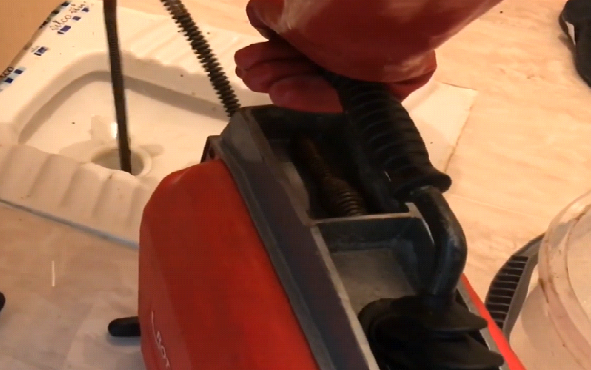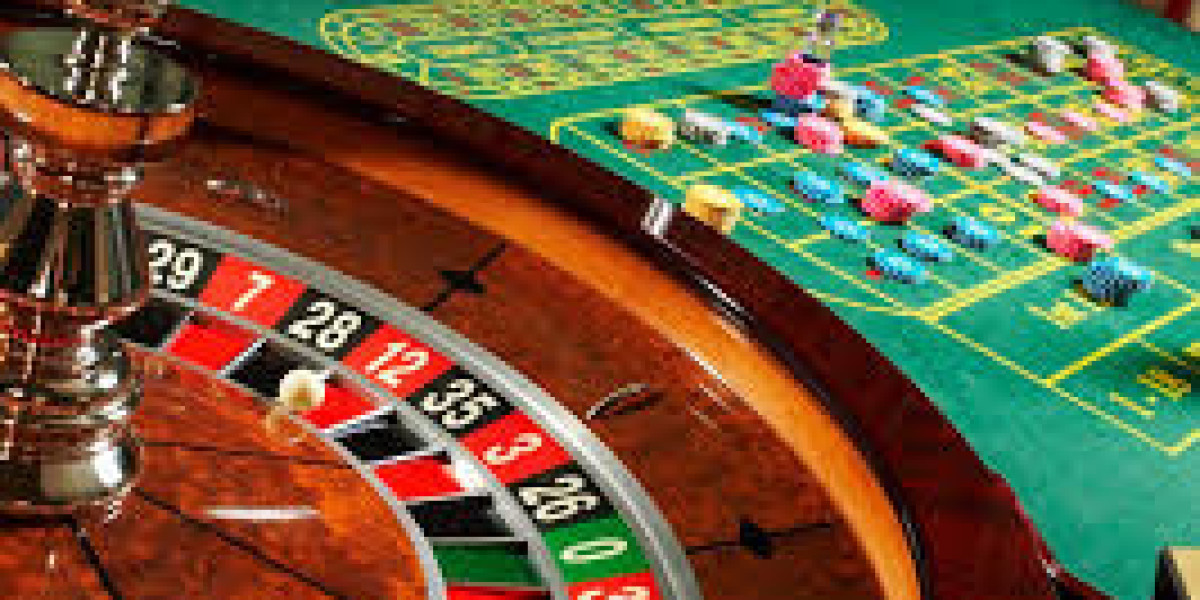It may sound surprising, even absurd at first—how could a coffee table cost more than a full-size sofa? After all, a coffee table is smaller, has fewer cushions, no upholstery, and doesn’t seat anyone. And yet, browse any high-end furniture store or luxury interior catalog and you’ll likely find coffee tables priced at $2,000 or more—often outpricing some couches in the same showroom. While it might be easy to dismiss this as a markup gimmick or brand hype, the truth is that several real-world factors justify the high price tags. Understanding these can empower you to make more confident furniture choices and avoid sticker shock.
So why do some coffee tables demand such a premium? The answer lies in materials, craftsmanship, design exclusivity, and more. But before diving deep, let’s acknowledge that knowing the Coffee Tables price in United States can give you essential context about what you’re paying for—especially when coffee tables start competing with sofas in terms of cost.
Coffee Table Pricing Isn’t Just About Size
One of the most common misconceptions in home furnishing is equating cost to physical size. People assume a larger piece, like a sectional sofa, should cost more because of its bulk. While there’s truth to material costs increasing with size, furniture pricing is also heavily influenced by design complexity, materials used, and craftsmanship required.
For example, a minimalist solid oak coffee table with handcrafted joinery can take longer to produce than a mass-market sofa assembled with automated machinery. Add in imported exotic materials or a designer’s name attached to the piece, and the price skyrockets even more. Unlike sofas, which are often made with cost-efficient fabric, foam, and plywood in bulk, coffee tables—especially designer ones—are often made in smaller batches and with more durable, high-quality materials.
High-End Materials Make a Big Difference
Materials account for a significant part of the price tag, and this is where luxury coffee tables start to separate themselves. Consider a comparison:
Budget coffee table: Engineered wood or MDF, veneer finish, plastic legs, mass-produced
Luxury coffee table: Solid walnut or marble top, metal or brass base, hand-finished edges, bespoke hardware
Now imagine the difference in durability, aesthetics, and longevity. Solid hardwood and natural stone are expensive to source and heavy to ship. Add to that the need for expert carpentry or stonecraft, and it’s easy to see why a coffee table can outprice a basic sofa made from synthetic materials.
Some of the most expensive coffee tables feature:
Imported Italian marble or quartz
Rare hardwoods like teak, walnut, or acacia
Genuine metal accents or custom brass inlays
Hand-applied lacquer finishes or resin art surfaces
These aren’t features you find in standard sofas—and they’re often the reason coffee tables reach luxury price tiers.
Artisan Craftsmanship vs. Assembly Line Production
Another reason coffee tables can cost more than sofas is the sheer level of craftsmanship involved. Sofas are typically mass-produced with standardized dimensions and automated processes. The variations in design mostly lie in fabric choice and cushion density.
Luxury coffee tables, on the other hand, often require a high degree of artisanal skill. That includes:
Intricate wood joinery techniques like mortise and tenon or dovetail joints
Custom carving, turning, or inlay work
Hand-finished staining and sealing
Custom-built bases made of glass, metal, or stone
These are not factory-line builds. Many are limited-edition or made-to-order pieces. The hours spent crafting just one table can rival (or exceed) what’s spent on a sofa, especially if the coffee table is part of a designer collaboration or carries artistic elements.
The Design Element: Statement Pieces
Coffee tables play a crucial role in interior design—they’re not just functional, they’re focal. That’s why many designers refer to them as the "centerpiece of the living room." A high-end coffee table can define the aesthetic of a space, much like a statement necklace in a fashion outfit.
Some coffee tables double as sculptural art pieces, commanding attention for their form and finish. These tables don’t just hold mugs and remotes—they elevate the entire room. Design houses and top-tier brands understand this, and price their pieces accordingly. Much like designer clothing, you’re not just buying furniture—you’re buying into a lifestyle or brand aesthetic.
This concept also fuels the pricing strategy for brands like Roche Bobois, B&B Italia, or Restoration Hardware, where coffee tables can cost $2,500–$7,000 and are marketed as “luxury investment pieces.”
Limited Production and Customization
Unlike sofas that can be churned out in bulk, luxury coffee tables are often limited production runs or completely customizable, which raises production costs. Custom sizing, choice of finishes, or material upgrades can all raise the final price exponentially.
Even semi-custom options, like selecting a reclaimed wood slab or requesting a specific leg finish, take extra labor and logistics to fulfill. And with smaller production quantities, manufacturers don’t benefit from the same economies of scale that sofa makers do.
The Role of Brand and Prestige
Brand power is real in the furniture world. Just like clothing or cars, some furniture pieces carry prestige due to the brand attached. Think about Herman Miller, West Elm, Knoll, or Ligne Roset—all known for iconic furniture designs.
A coffee table from one of these brands may be priced higher than a mass-market sofa simply because it reflects heritage, design history, or exclusivity. With this comes not only price inflation but perceived value: owning such a piece signals good taste, affluence, or design-savviness.
FAQs: Why Some Coffee Tables Cost More Than Sofas
Q1: Is it really worth paying more for a coffee table than a sofa?
If design, durability, and unique aesthetics matter to you, then yes. A well-made coffee table can become a timeless centerpiece, whereas many mid-range sofas are replaced within a decade.
Q2: Are expensive coffee tables more durable?
Often, yes. Premium tables are built from stronger materials and crafted with care, making them more resistant to wear, weight, and moisture. However, maintenance still plays a critical role in longevity.
Q3: Can I find stylish coffee tables without paying luxury prices?
Absolutely. Many mid-tier brands offer well-made tables under $500 using quality veneers, smart design, and solid builds. Look for materials like hardwood or metal, and avoid particle board when possible.
Q4: Why is there such a wide price range in coffee tables?
Price variations reflect differences in materials, design exclusivity, craftsmanship, brand, and country of origin. Mass-produced tables often cost less, while handmade or designer tables can demand a premium.
Q5: Are designer coffee tables a good investment?
If maintained well, they can retain value, especially if they’re from collectible lines. They can also appreciate in value depending on demand or limited availability.
Before the conclusion, it’s wise to explore the range of Coffee Tables prices in United States to determine what’s right for your space and budget. A $150 table may suit a temporary apartment, while a $1,500 artisan piece may be right for a forever home.
Conclusion
Ultimately, the reason some coffee tables cost more than your sofa comes down to craftsmanship, material quality, and design philosophy. Coffee tables aren’t just accessories—they’re anchors of style and function in your living space. From sculptural designs and rare materials to handcrafted details and exclusive branding, the factors driving up the cost are tangible and, often, justifiable.
If you’re looking for a smart mix of affordability, quality, and style, My Signature Home Furniture is one of the best places for the lowest coffee tables prices in United States. Whether you want an everyday classic or a designer-inspired statement piece, you can find a wide range of options that match your taste without overspending.








